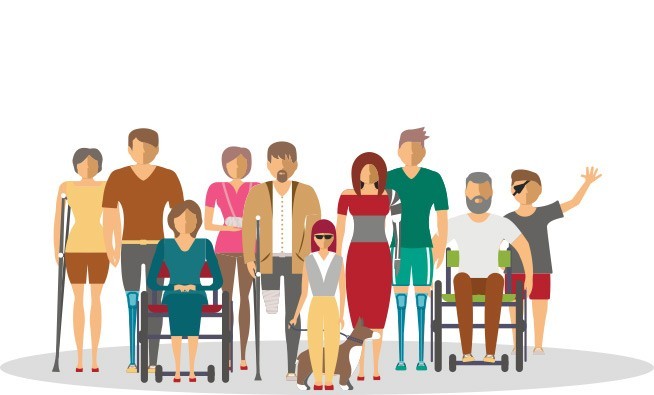What is Section 508?
By GREG GARNER
One of the many features of DocOrigin is the ability to generate ADA Section 508 “Information and Communication Technology” (ICT) PDF/UA compliant documents. Here are some highlights of what you need to know.
Section 508 Defined
Section 508 of the Rehabilitation Act of 1973 as amended is a set of standards that requires Federal agencies to make ICT accessible to employees and members of the public who have disabilities in a comparable manner to the access experienced by employees and members of the public without disabilities.
The revised Section 508 Standards apply to ICT that is “procured, developed, maintained, or used” by agencies of the Federal government.
Differences Between Section 504 and Section 508
Conformance with Section 508 standards does not require or guarantee that all an individual’s accessibility needs will be met. Section 504 is one way to address these situations.
Differences between Section 504 and Section 508 when determining agency conformance requirements:
Section 504
Section 504 is a part of the Rehabilitation Act of 1973 that prohibits job discrimination and requires employers to make reasonable accommodations for employees with disabilities.
Section 508: Providing Accessible ICT
Section 508 is an amendment to the Rehabilitation Act that is specific to ICT. Section 508 requires that ICT comply with specific standards designed to improve accessibility.
ICT Defined
ICT includes information technology and other equipment, systems, technologies, or processes, for which the principal function is the creation, manipulation, storage, display, receipt, or transmission of electronic data and information, as well as any associated content.
Covered Activities
The standards detail the specific activities covered by Section 508. They include:
Development of ICT
Procurement of ICT
Maintenance of ICT
Use of ICT
Section 508 Standards Refresh
A 2018 revision to the Section 508 Standards replaces the original product-based standards with an approach based on ICT functions. Consequently, replacing the product-based approach with requirements based on functionality ensures that accessibility for people with disabilities keeps pace with advances in ICT. Some of the important changes are described below.
Functional Performance Criteria
Functional performance criteria are outcome-based standards that define whether something can be accessed by a person with disability. These criteria only apply in situations where a technology standard/guideline does not exist to address the situation or when a technical standard cannot be met.
Equivalent Facilitation
The use of an alternate design or technology that results in substantially equivalent or greater accessibility and usability by individuals with disabilities than would be provided by conformance to one of more of the requirements is permitted.
Web Content Accessibility Guidelines 2.0
The Revised 508 Standards incorporate by reference the Web Content Accessibility Guidelines (WCAG) 2.0, a globally-recognized and technologically-neutral set of accessibility guidelines for web content.
Delineation of Covered Electronic “Content”
The Revised Section 508 Standards specify that all types of public-facing content, as well as nine categories of non-public-facing content that communicate agency official business, have to be accessible. “Content,” as defined in the standards, encompasses all forms of electronic information and data.
Expanded Interoperability Requirements
The existing standards require ICT to be compatible with assistive technology (AT) – that is, hardware or software that increases or maintains functional capabilities of individuals with disabilities (e.g., screen magnifiers or refreshable braille displays).
Disabilities Defined
Individuals with disabilities are people who have sensory, physical, or cognitive impairments that substantially limit their ability to perform one or more major life activities.
Assistive Technology
One way that persons with disabilities overcome barriers to ICT is through the use of AT, which is hardware or software that enables a person with a disability to use ICT. AT helps persons with disabilities to perform tasks that might otherwise be difficult or impossible.
Benefits of Section 508 Conformance
Complying with the Section 508 Standards provides numerous benefits. Section 508 conformance:
- Eliminates barriers to ICT
- Provides equal opportunities to persons with disabilities
- Encourages development of technologies that enable these goals
- Provides standards for how accessibility can be achieved
- Helps prepare for an aging workforce
Risks of Nonconformance
Not conforming to Section 508 can create barriers for persons with disabilities.
Examples of Barriers to ICT
Persons with disabilities may experience many barriers to ICT use. Section 508 Standards are an important means of breaking down those barriers.
Click here to continue reading this Section 508 White Paper

